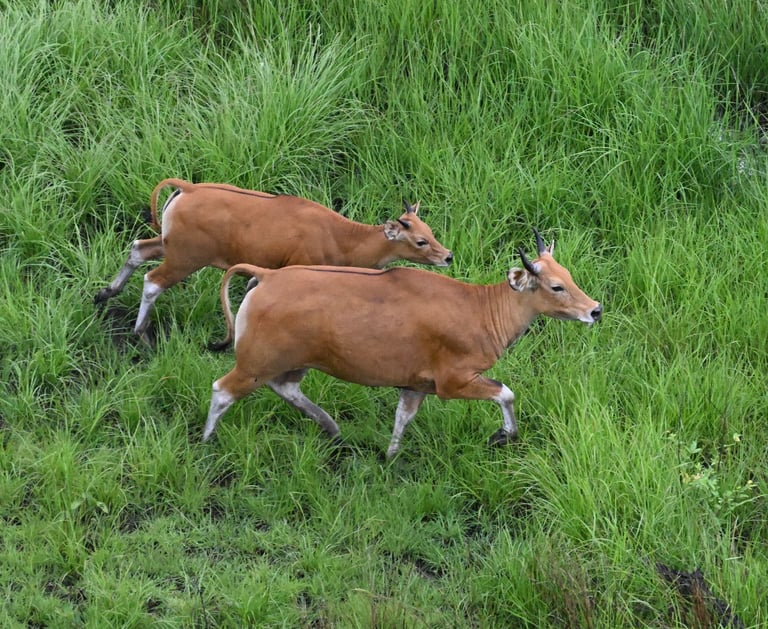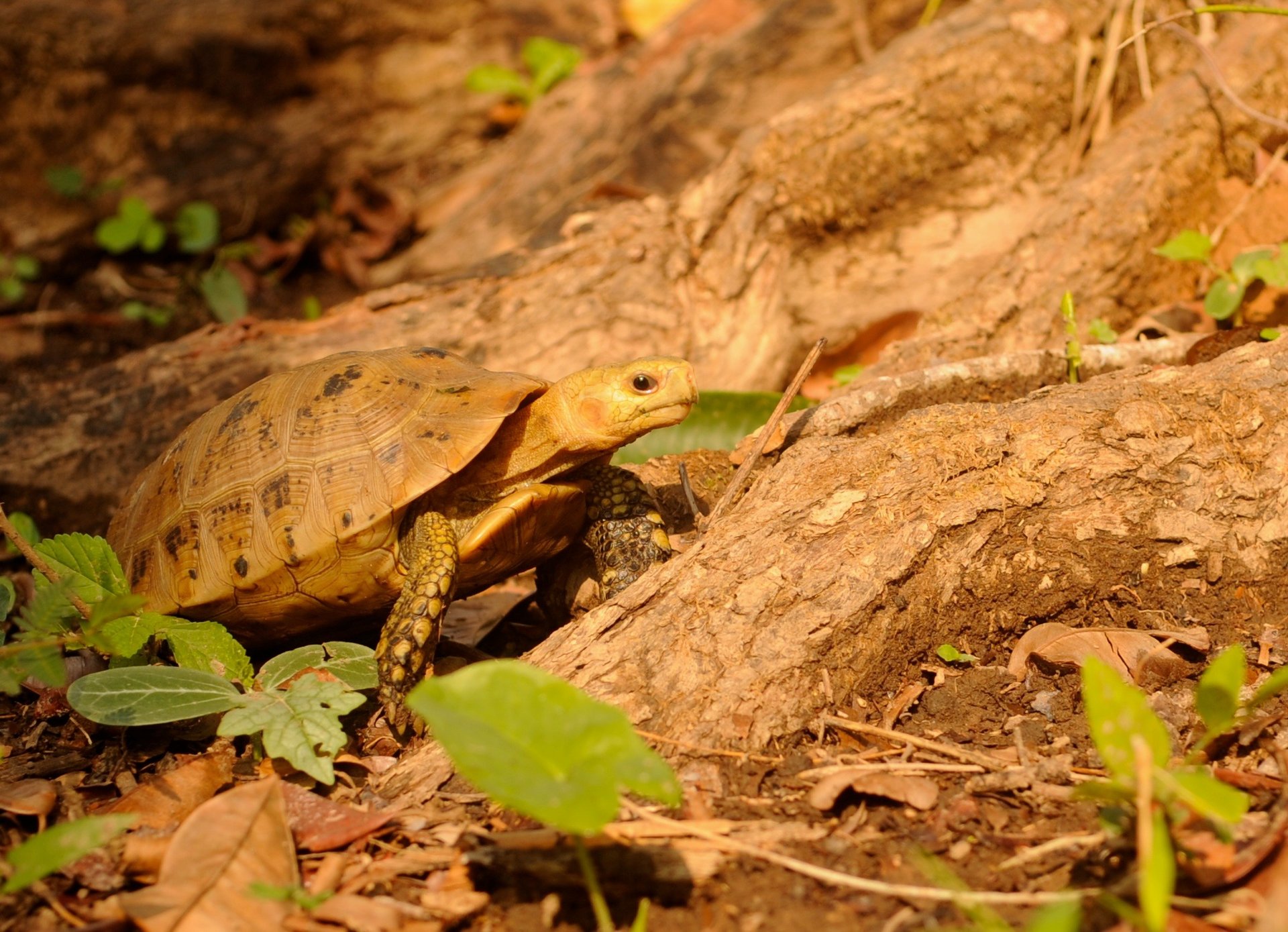
The History of Siem Pang Wildlife Sanctuary
French Exploration of Siem Pang
Sent by the French Telegraph Company, the explorer and diplomat Auguste Jean-Marie Pavie gave his name to a series of French expeditions to Indochina between 1879-1895, known collectively as the Pavie Mission. The four Pavie Mission surveyed an area of 676,000 km2, traveling 30,000 km on foot, by elephant, by horse or on rafts, gathering a large amount of scientific information. A team of up to 40 men of varying expertise, including civil servants, military personnel and scientists, accompanied Pavie. The expeditions ultimately led to the annexation by France of the then semi-autonomous Lao principalities that at the time were under the suzerainty of the King of Siam. Indeed, it was not until 6 December 1904 that Stung Treng Province, including Siem Pang was transferred by decree to the French Protectorate of Cambodia.
The third Pavie Mission from 1889 to 1891 explored the Mekong River from Saigon to Luang Prabang and visited Siem Pang Maps made by the expedition cartographer Captain Pierre Paul Cupet indicate that two members of the expedition traversed Siem Pang independently. The main expedition route continued northwards along the west bank of the Sekong River in time following both the Xe Pian River and the Sekong River beyond their intersection.
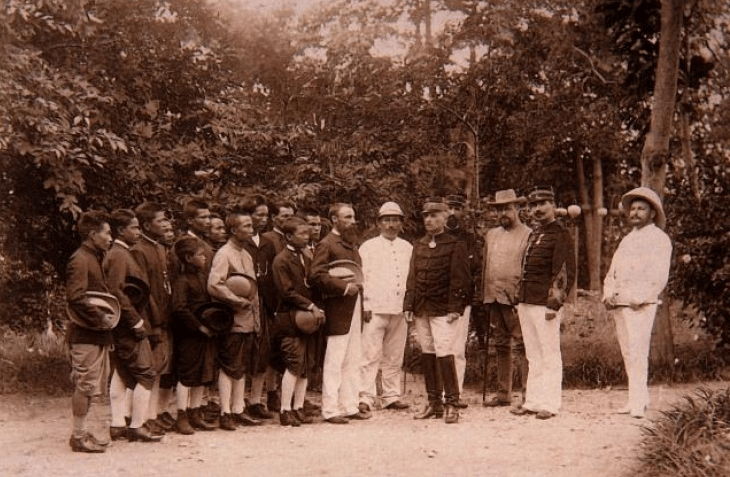

Prior to the Pavie Mission Dr. François Jules Harmand undertook explorations along the Mekong in modern day Cambodia and Laos. His most notable ornithological discovery was the Giant Ibis Thaumatibis gigantea the first specimen of which he collected near Sambor in Cambodia in May 1876 and sent to the Museum national d’histoire naturelle. The Professor of mammals and birds at the Museum, Jean-Frédéric Émile Oustalet, later described the species in 1877.




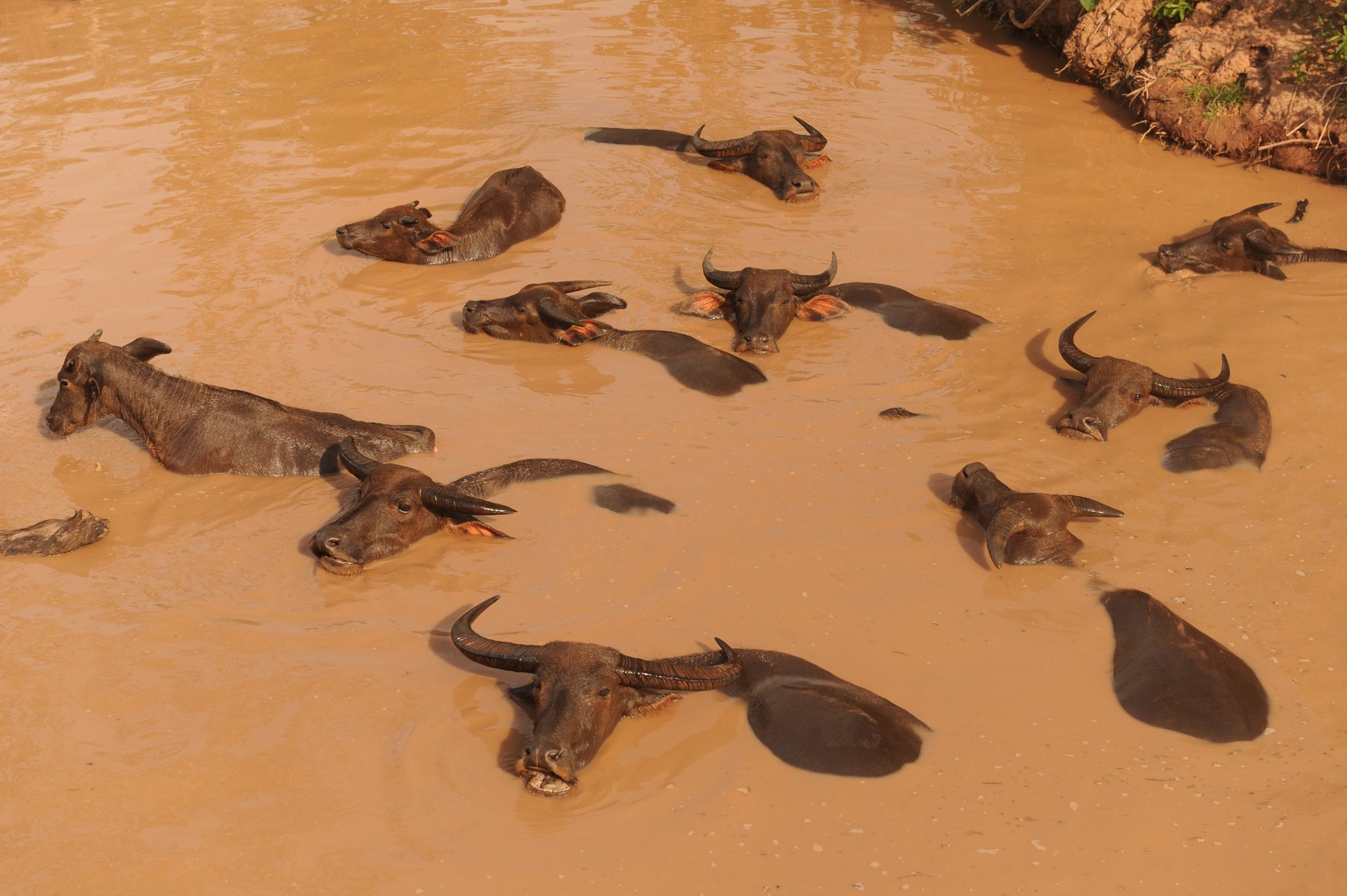
Losses and Species Conservation
Cambodia has suffered dramatic loss in forest cover and the disappearance of some of its most iconic large mammals. Cambodia was once home to four wild cattle species, but two of these are now gone. The kouprey, (pictured opposite) is Cambodia’s national mammal, but is now certainly globally extinct. By the early 1950s, this species was reduced to only a few hundred individuals. Where and when the last one perished is unknown. The last wild water buffalo was camera-trapped in Mondulkiri Province 20 years ago. Only the gaur, largest of all wild cattle, and swift-footed banteng remain in Cambodia. In 2025, the banteng was listed as Critically Endangered by IUCN, meaning it faces a high risk of following kouprey into global extinction.

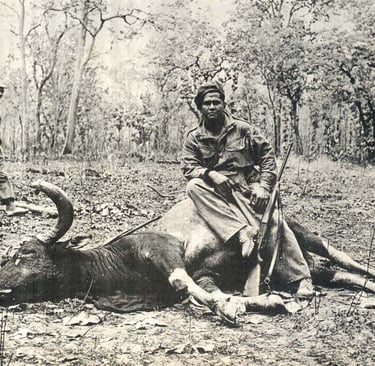
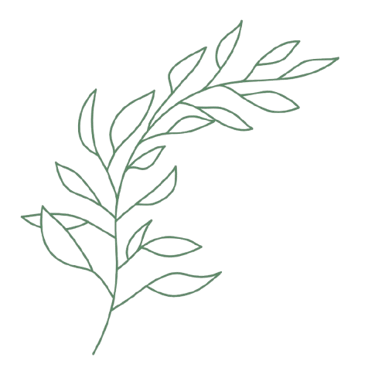



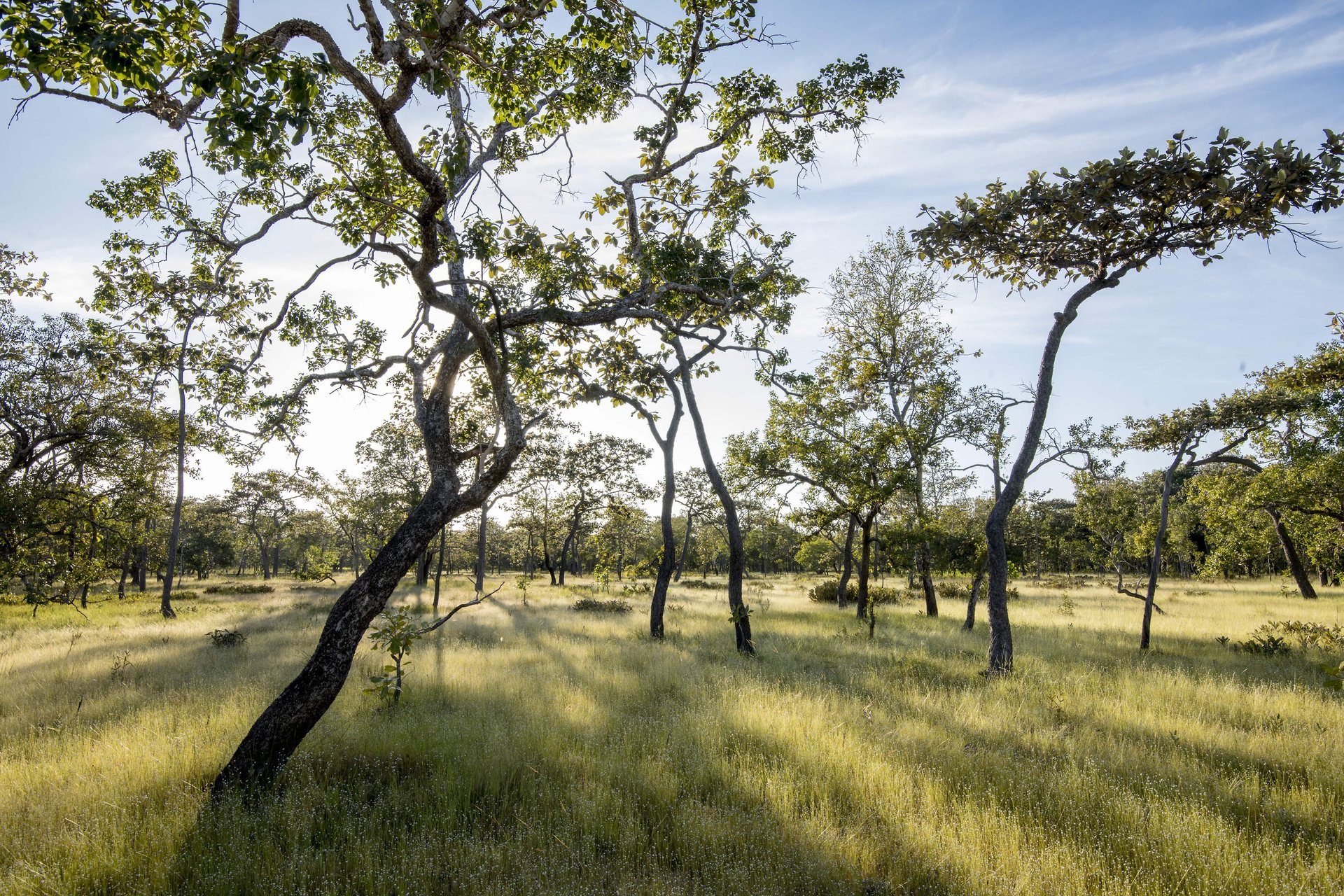
The Past and the Future
Most dry forest protected areas in Cambodia are now empty forests. Sadly, most visitors, Cambodians included, believe that dry forests are naturally devoid of large mammals, but 70 years ago, the situation was very different. The Cambodia of 1951 was described by Charles Wharton as supporting one of the “last great gamelands of the world.” Iconic species, whether banteng or tiger, will not return to Cambodian forests without active reintroduction interventions. If wild banteng are to survive in Cambodia, it is essential that immediate action is taken to move the animals currently trapped in isolated and unprotected forest fragments into better-managed protected areas like Siem Pang Wildlife Sanctuary. This approach is the norm across many parts of the world, especially in sub-Saharan Africa, led by organisations like African Parks and Conservation Solutions.
With a number of initiatives to ensure the survival of wildlife, we will both restore iconic species to the dry forests and begin to re-establish the natural ecosystem dynamics. If this is to happen, we need your support.
